My Very First Computer Program
Back in 1985 my father decided to buy an unusual computer called Matra Hachette Alice: a unique tiny bright red box intended to be an initiation machine.
A bit of history.
In 1981, the French Matra started a partnership with the American Tandy in order to manufacture computers in France. The production site was located in Wintzenheim (near from Colmar). In 1983, Matra and Tandy agreed on the development of a TRS-80 MC-10 clone: The Alice.

The only differences between Alice and the MC-10 are the color and the ROM. They both looked like toys.
Although Alice was quite limited, it was also quite great to use! The AZERTY keyboard had 48 keys1 and the single SHIFT key was used to print graphic symbols (you can see those graphic symbols on the right of some keys on the photo above). The Alice could be programmed using the built-in Microsoft Basic language.
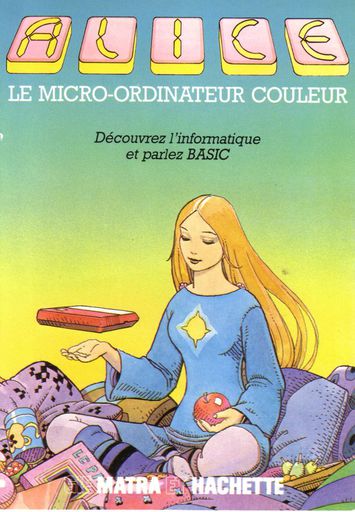
Matra also signed a deal with Hachette, a French publisher, to produce the documentation and to take care of the distribution. The illustrator Jean Giraud (who you better know as “Moebius”) made the illustration that appears both on the cover of the documentation book and the box.
Fast forward to 1985.
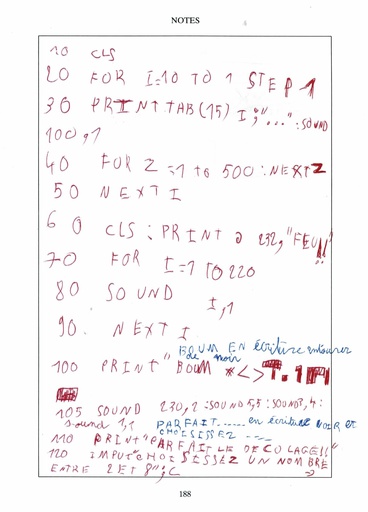
I was 7 or 8 years old when I wrote my very first computer program. Armed with my kid knowledge, I wrote animated pages of those graphics symbols you accessed with the SHIFT key: a man running on the screen, a tank coming from the left and shooting bullets…
The Alice was meant to introduce people to the world of computers and programming. As far as I remember, my program consisted in lines and lines of PRINT statements so as to form a full page ASCII art frame, interleaved with GOTO statements and pauses. No loops, no variables. Similar to what James Hagues describes, I didn’t care about how the program looked like: it wasn’t concise at all, it had GOTOs and lots of duplicated portions. I just focused on displaying things on the screen, whatever it takes.
Yet looking back at my scribbling at the end of the manual, despite being very young, really shows I already grasped some programming concepts: branching, (nested) for-loops and even subroutines! (see that GOSUB in the last image?) Not too bad for a 7-8 years old boy right?!
What happened?
Could I have been the next computer genius? We’ll never know. After the Alice, my parents bought me an Amstrad CPC 464. I also programmed small BASIC programs but that wasn’t fun anymore. At that time I discovered the demoscene watching The Demo by Logon System and clearly, there was a technical gap I would never fill reading the Amstrad manual cover to cover. I also sent floppy disks to receive diskmags in return. It’s not that I didn’t like programming anymore but I couldn’t get my head around the ASM tutorials they would contain.
That was the end of an era: from around 12 to 18 years old I did nothing but playing video games. After the Amstrad, I played a lot on Sega Master System and Megadrive consoles at my friend Thibault’s place. Then his father got me interested in PCs and I got a 486 DX 50 on which I created some animations with 3D Studio but didn’t program anything really.
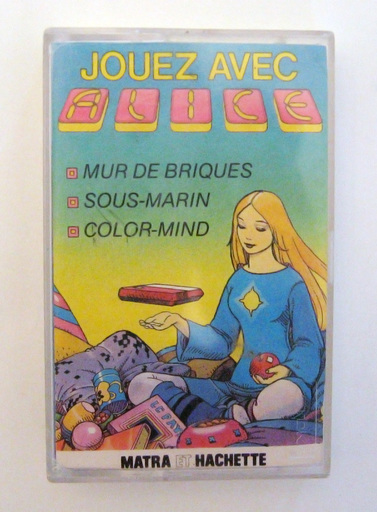
It’s only when preparing the entrance to my engineer school that I programmed something fun again: I made a triangle mesh raytracer in Caml Light for an assignment.
Once admitted in computer science school, I catched up and got serious about programming again. Getting access to the internet for the first time in my life changed it all. I started devouring as much as I could and self learnt C, C++ and ASM by browsing Flipcode, Gamedev.net, Devmaster.net etc.
Recently, I tried to power my Alice on, but it did not work: only an ugly colored character soup appeared on the TV’s screen. However, I found an emulator. Maybe I will give it a try some day, remembering of the past.
Technical Information.
- Manufacturer: Matra Hachette
- Origin: France
- Year: 1983
- Processor: Motorola 6803 - 0.89 Mhz
- Graphics Processor: MC-6847 Video Generator
- ROM: 8 kb (built-in Microsoft Basic)
- RAM: 4 kb, 3 kb left for user
- Text Mode: 32 x 16
- Graphic Mode: 64 x 32
- Colors: 8
- Sound: 1 channel
- I/O Ports: Expansion port (18 pins), Tape recorder (1500 bauds), 7 pins DIN plug to Peritel or via adaptor to VHF, I/O serial port (4 pins DIN plug)
- Power Supply: 10v - 1.3A
- Size / Weight: 51 x 216 x 178 mm / 850g
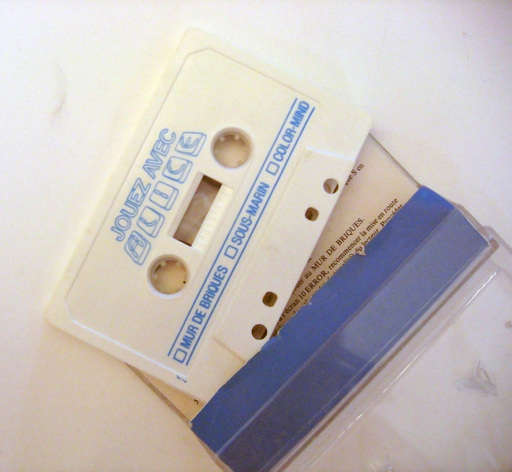
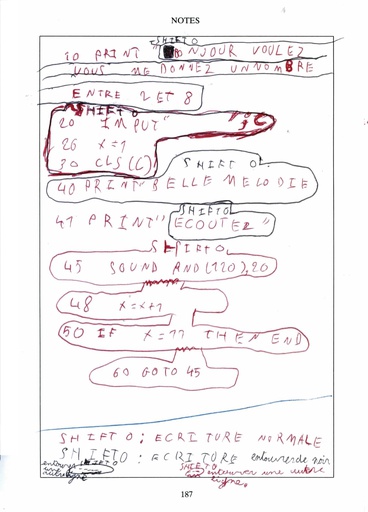
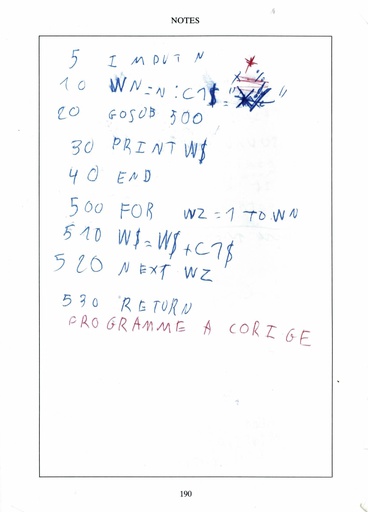
-
strangely enough, some descriptions state there are 47 keys ↩